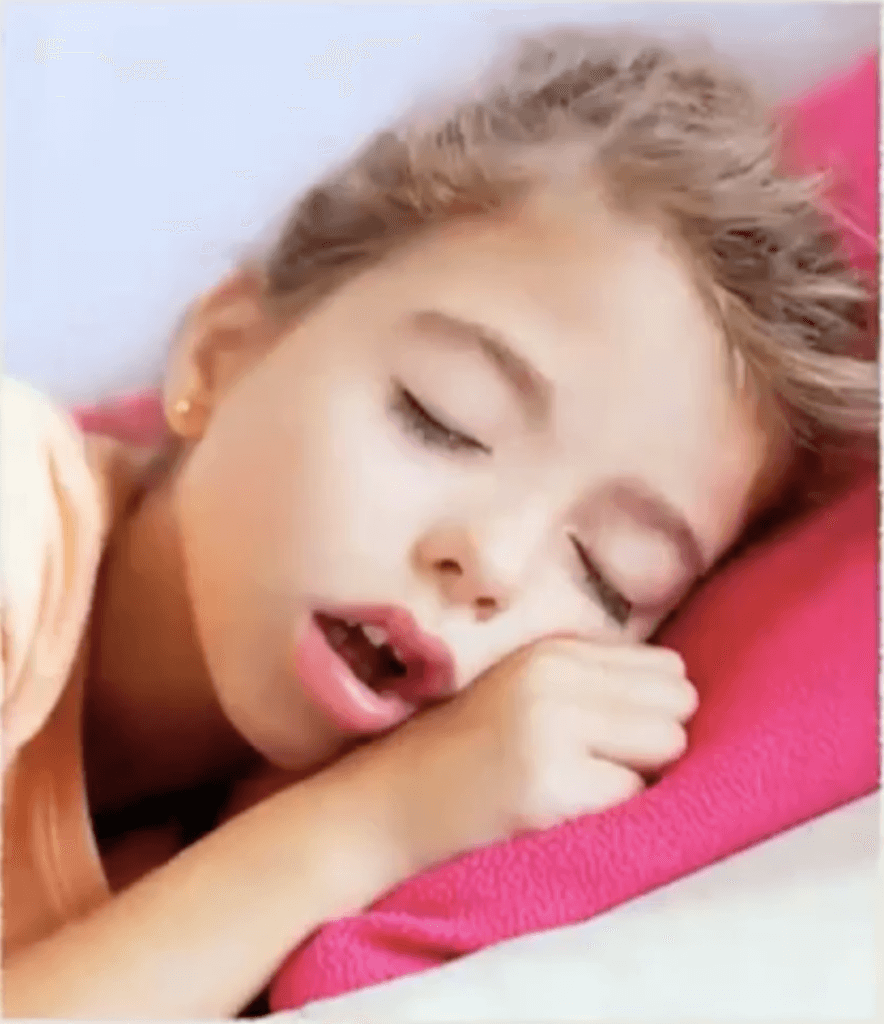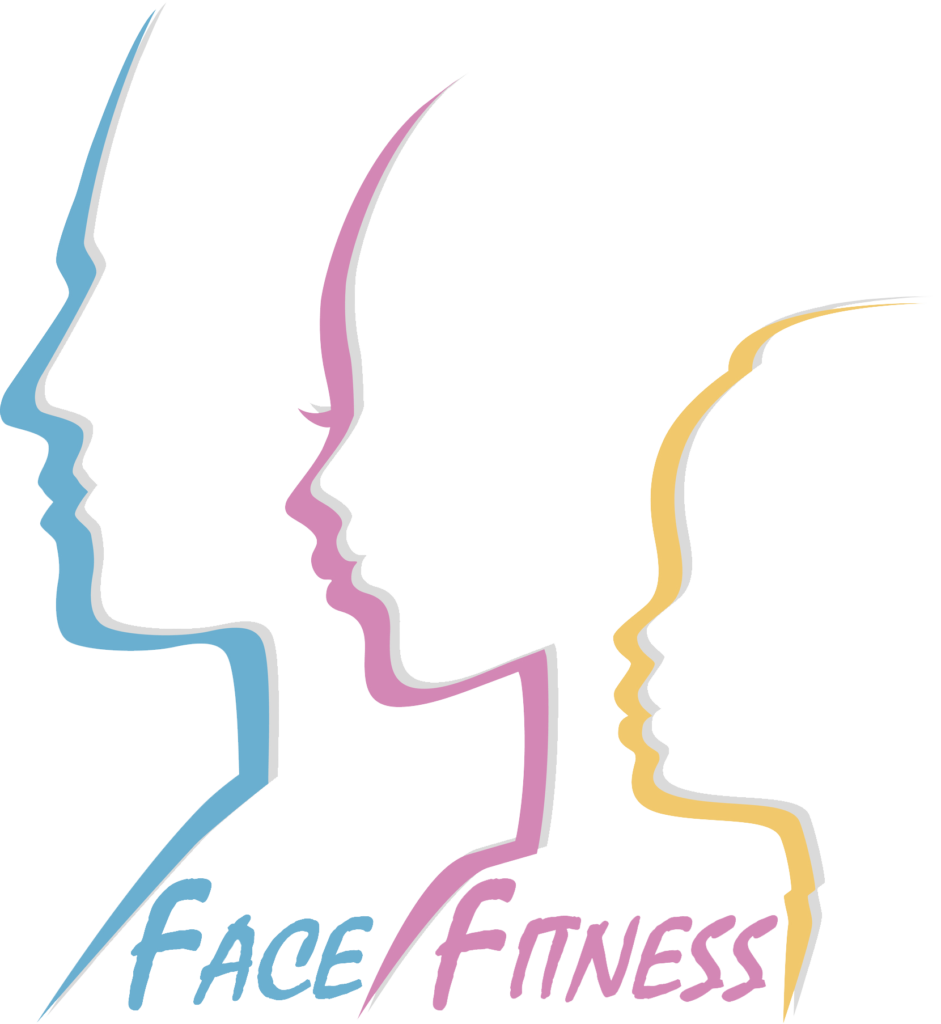Mouth Breathing
What Is It?
Occasionally Breathing through the mouth is perfectly normal. Certainly while exercising or doing some sort of activity involving heavy lifting and moving can cause an individual to breathe through the mouth. On the other hand, mouth breathing can regularly throughout the day can cause some serious health concerns. Mouth breathing begins when a person is unable to breathe in sufficient air through the nose, and in response, the mouth starts breathing in the air needed for the body. If mouth breathing is not corrected, a person becomes inclined towards doing it for the rest of their lives, without knowing the consequences it can cause to their overall well-being. Whether a person is mouth breathing or simply leaving their mouth open makes no difference; both of these factors can play a crucial part in a person’s health decline.
The most common causes of mouth breathing are:
- Enlarged tonsils or adenoids
- Chronic nasal congestion
- Allergies and/or food sensitivities
- Respiratory infection
- Bronchitis
- Nasal polyps
- Asthma
- Deviated septum
Each of these factors make it physically impossible for a person to nasal breathe. Since nasal breathing can become very difficult for an individual given these preexisting health conditions, for ease and comfort, the body becomes prone to predominantly breathing through the mouth, hence, mouthing breathing.

What Is The Treatment of Mouth Breathing?
The solution of mouth breathing is not as easy as simply closing the mouth. Individuals that mouth breathe are so used to breathing through the mouth, that switching them over to nasal breathing may be more challenging and problematic than it seems. The muscles on their face and mouth have adapted to the incorrect position and posture, for which reason it no longer feels the need to breathe correctly. My goal, as a myofunctional therapist, is to use my experience and expertise to retrain the muscles to the correct position and enable nasal breathing. Each case would be treated individually and confidentially. After a diagnosis is made, based on the condition, the most suitable treatment would be commenced. I can guarantee that once the myofunctional therapy is complete, the results will be life changing. I, myself, have gone through myofunctional therapy, and let me assure you that my quality of life and health have completely skyrocketed after treatment.
How Does Mouth Breathing Affect The Body?
Mouth breathing can actually change the shape of a person’s face, ultimately, altering their overall appearance. This can easily be seen within children, whom are still developing and growing. Children who are mouth breathers and do not get the help they need to address this issue, may suffer from abnormal facial and dental development, which will affect them for the rest of their lives. The facial expression associated mouth breathing is typically not viewed as an attractive or desirable appearance. If left untreated, mouth breathing can result in a combination of elongated face and mouth, gummy smile, less defined cheekbones, small lower jaw, weak chin and crooked teeth.
When a person engages in mouth breathing, they are actually depriving their body from the oxygen it needs to function adequately. When the body does not get the sufficient amount of oxygen it needs, a number of bodily functions are affected, leading to symptoms including but not limited to:
- Headaches
- Sore throat and cold symptoms
- Poor sleep patterns resulting in chronic fatigue
- Gingivitis and gum disease
- Bad breath
- Increased risk of cavities
- Digestive issues such as gas, diarrhea, constipation, heartburn, nausea/vomiting, acid reflux, and bloating
Mouth breathing has also been associated with poor growth and weak academic performance within children. Research shows that mouth breathing has also been linked to ADD and ADHD symptoms. In adults, poor oxygen levels in the body have shown an increase in conditions such as hypertension, sleep apnea, heart problem, and other medical concerns. Breathing through the mouth can lead to postural abnormalities and issues in the spine. When the tongue is low, the head tends to tilt forward, and shoulders tend to slump. Moreover, when the mouth is open, it becomes more difficult to sit up in a straight back position.
The teeth and overall bite of an individual are also affected by mouth breathing. When the mouth is open, the lips become weak, as there is no external support for the teeth. While a person is mouth breathing, their tongue is forced to push forward, gradually moving the teeth over the period of time. This then poses a concern in the individual’s orthodontic structure. If/when they decide to get braces, their treatment time could be longer and more complicated than normal. There is also a higher possibility that the results of braces would be less effective and permanent. As a result, mouth breathers are more prone to such conditions as dry mouth, cough, frequent colds, dental issues and maxillofacial development.
Mouth breathing can also change the skeletal development of a person’s face, which can completely disrupt airway development. This will affect the level of oxygen the body sustains to function properly. As mentioned earlier, mouth breathing deters the tongue and other facial muscles from resting in the correct position, often leading to a wide array of complications from early development to adulthood. The consequences of failing to dominantly nasal breathe affect the overall health of a person. Mouth breathing can cause the lips and mouth to become excessively dry due to the loss of humidity. Nasal breathing, on the other hand, allows for the inhaled air to be warmed, filtered and humidified.
The effectiveness of the tongue is also affected by mouth breathing. A low tongue position can contribute to improper muscle functioning and can lead to airway obstruction. The tongue is intended to naturally rest in the top of your mouth, however, when the mouth remains open, the tongue rests at the bottom, by default. When this occurs, it causes underdeveloped oral musculature to the individual, which may result in issues with speech, chewing, drinking, swallowing and breathing. When the tongue rests low in the mouth, being in the incorrect position, in order to swallow, it is required to push forward, causing what is known as tongue thrust. It is with unreasonable doubt that when an individual is mouth breathing, they also have a tongue thrust swallowing pattern.
